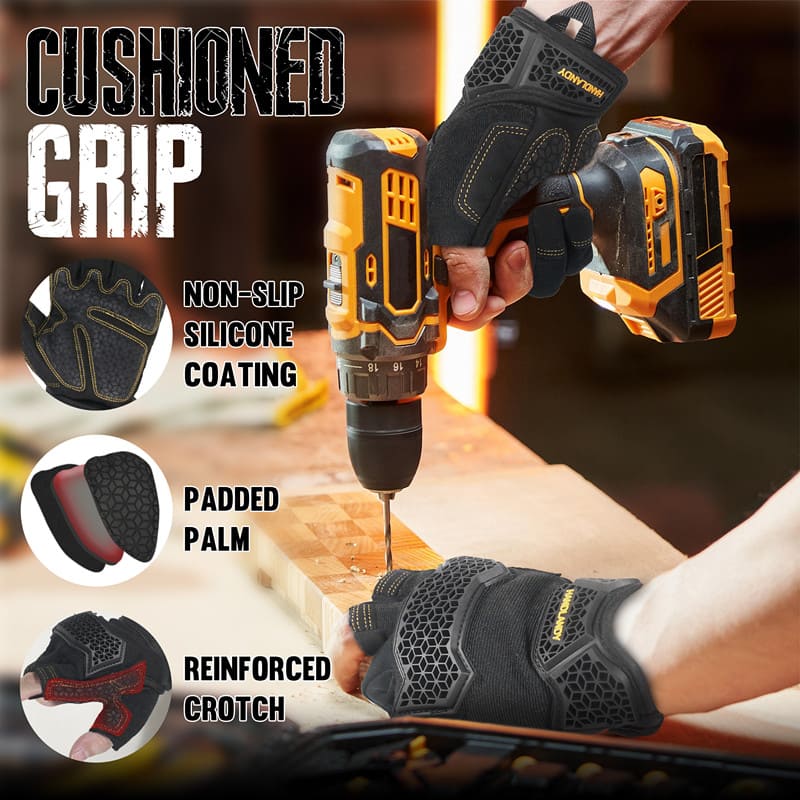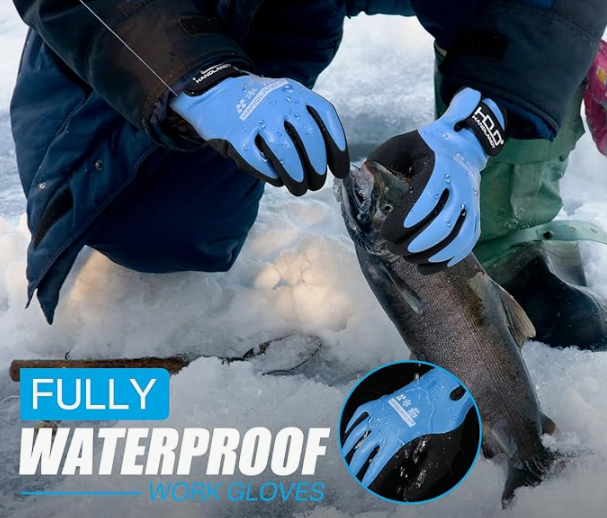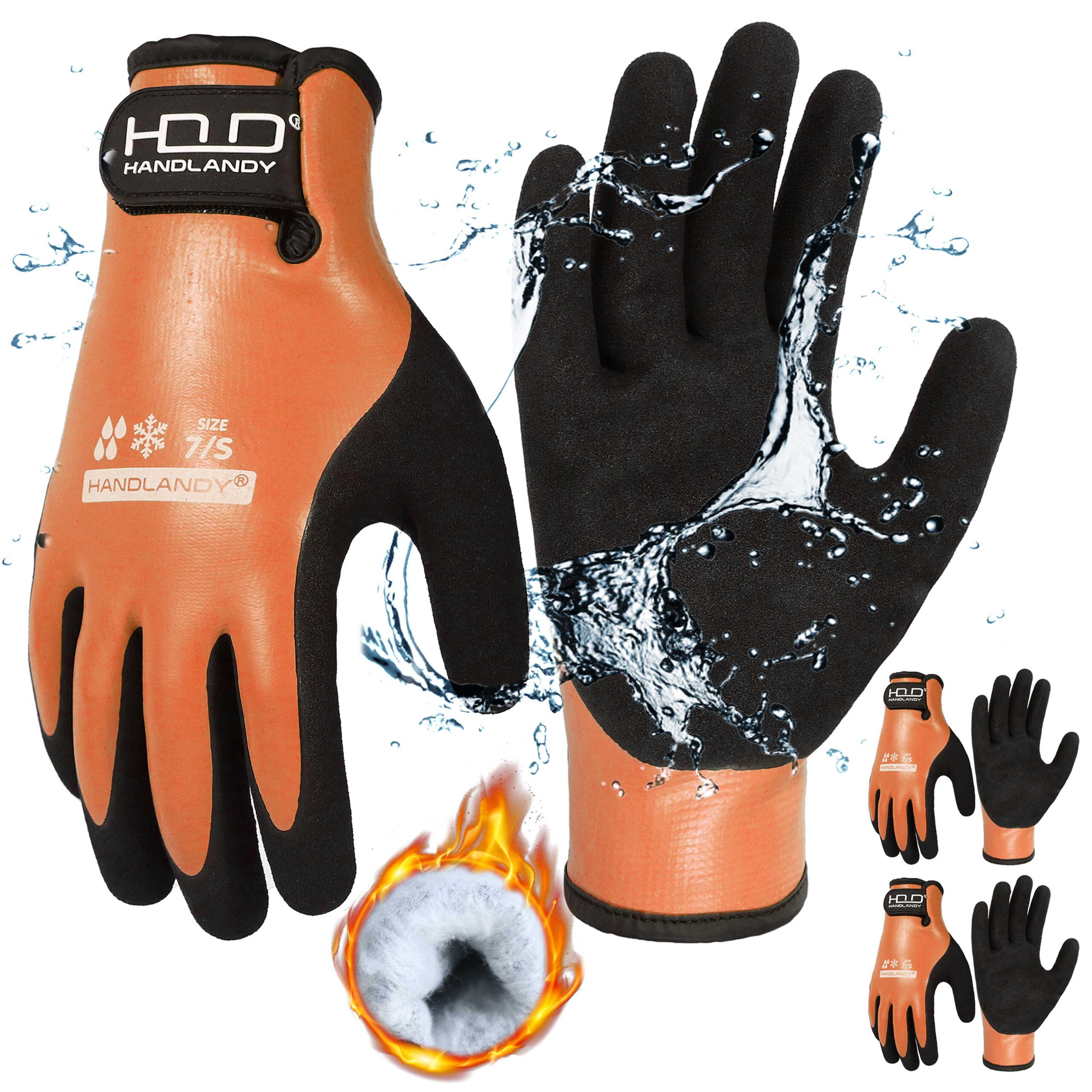Safety gloves are used in industries like construction, healthcare, food processing, manufacturing, and chemical handling to protect hands from injuries, contamination, heat, and harmful substances. They are essential for worker safety and regulatory compliance.
1. Construction and Building Work
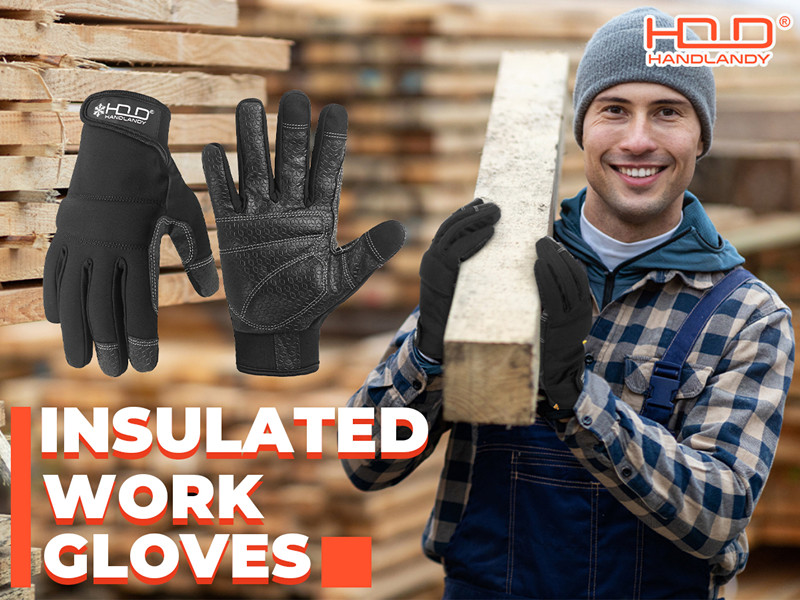
Workers wear safety gloves to prevent:
- Cuts and abrasions from tools and sharp materials
- Impact injuries from heavy objects
- Contact with hazardous substances like concrete and adhesives
Common glove types: Cut-resistant gloves, impact-resistant gloves, leather gloves.
2. Healthcare and Medical Settings
Healthcare professionals use disposable gloves to:
- Prevent cross-contamination
- Protect against viruses and bacteria
- Maintain sterile environments
Common glove types: Nitrile, latex, and vinyl disposable gloves.
3. Food Handling and Processing
Safety gloves are worn to:
- Maintain hygiene during food preparation
- Prevent contamination
- Meet food safety regulations
Common glove types: Powder-free nitrile or vinyl disposable gloves.
4. Manufacturing and Assembly Lines
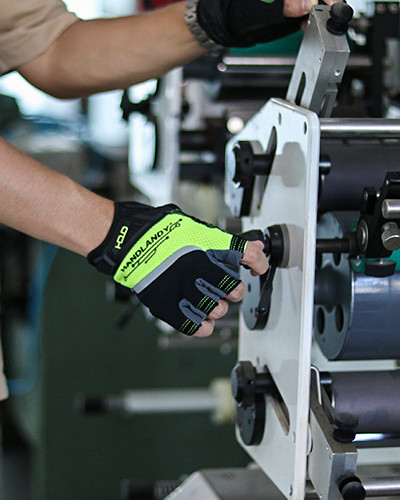
Used to protect against:
- Cuts from sharp metal parts
- Burns from hot surfaces or equipment
- Chemical exposure in industrial processes
Common glove types: Coated gloves, heat-resistant gloves, chemical-resistant gloves.
5. Chemical Handling and Laboratories
Safety gloves protect workers from:
- Harsh chemicals
- Acids and solvents
- Biohazard exposure
Common glove types: Neoprene, nitrile, butyl rubber gloves.
6. Automotive and Mechanical Work
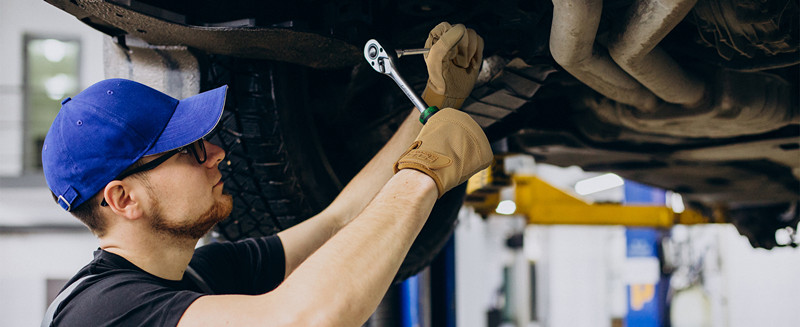
Mechanics and technicians use gloves to:
- Avoid contact with grease and solvents
- Protect hands from sharp car parts
- Improve grip on tools
Common glove types: Nitrile gloves, grip-enhanced gloves, disposable mechanic gloves.
7. Agriculture and Gardening

Farmers and landscapers wear gloves to:
- Avoid thorn pricks, blisters, and cuts
- Handle fertilizers and pesticides safely
- Protect against soil-borne bacteria
Common glove types: Leather gloves, rubber-coated gloves.
Summary Table: Safety Glove Applications by Industry
| Industry | Common Hazards | Recommended Gloves |
|---|---|---|
| Construction | Cuts, impact, chemicals | Leather, impact, cut-resistant |
| Healthcare | Germs, bloodborne pathogens | Nitrile, latex, vinyl |
| Food Processing | Contamination, hygiene issues | Powder-free nitrile/vinyl |
| Manufacturing | Sharp tools, heat, chemicals | Coated, chemical-, heat-resistant |
| Chemical Handling | Acids, solvents | Butyl, neoprene, nitrile |
| Automotive | Grease, cuts, solvents | Nitrile, grip-enhanced |
| Agriculture | Thorns, pesticides, soil bacteria | Rubber-coated, leather |
Conclusion
Safety gloves are used across many industries to prevent hand injuries, contamination, and chemical exposure. Choosing the right type based on the task is key to ensuring protection, comfort, and compliance with safety standards.
Need help selecting the right gloves for your industry? Contact our glove experts today.

